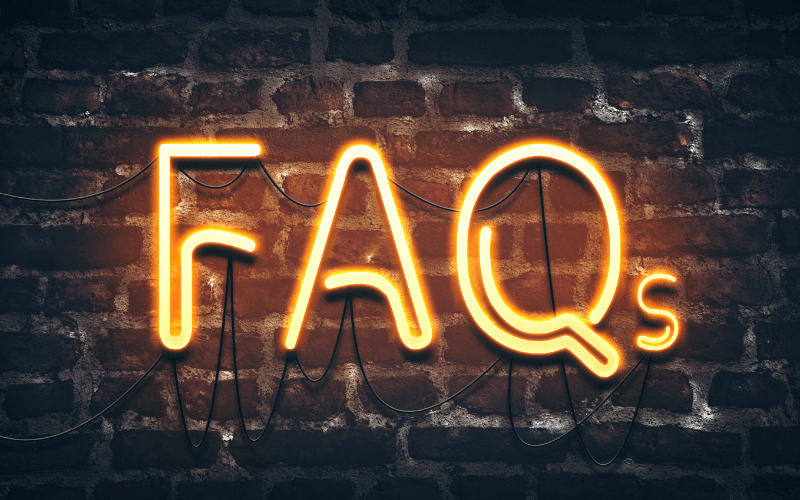FAQs on Non-Hodgkin’s Lymphoma

1. What differentiates Non-Hodgkin’s Lymphoma from Hodgkin’s Lymphoma?
While both are lymphomas and affect the lymphatic system, the primary distinction lies in the specific lymphocyte each impacts and the presence of Reed-Sternberg cells. Hodgkin’s Lymphoma always involves these unique cells, while Non-Hodgkin’s does not.
2. Are there any known risk factors for developing Non-Hodgkin’s Lymphoma?
Several risk factors have been identified, though having a risk factor doesn’t guarantee the disease. Factors include age (it’s more common in older individuals), certain infections (like Epstein-Barr virus), autoimmune diseases, a weakened immune system, and specific chemicals, particularly those related to agriculture.
3. Can Non-Hodgkin’s Lymphoma be prevented?
Currently, there’s no surefire way to prevent NHL, especially since many of its risk factors are unmodifiable. However, maintaining a healthy lifestyle, timely vaccinations, and reducing exposure to harmful chemicals can potentially decrease the risk.
4. How is Non-Hodgkin’s Lymphoma typically treated?
Treatment varies based on the lymphoma type, its stage, and the patient’s overall health. Common treatments include chemotherapy, radiation therapy, stem cell transplant, targeted therapy drugs, and immunotherapy.
5. What’s the survival rate for Non-Hodgkin’s Lymphoma?
Survival rates depend on the lymphoma type, stage, and other individual factors. Generally, the five-year survival rate for people with Non-Hodgkin’s Lymphoma is about 72%. However, this rate can vary widely based on the specific diagnosis and how early it’s detected.
Conclusion: Reflecting on the Complex World of Non-Hodgkin’s Lymphoma
Non-Hodgkin’s Lymphoma, with its intricate subtypes and varied symptoms, stands as a testament to the complexity of the human body and the diseases that affect it. As we’ve explored, both aggressive and indolent forms of NHL come with their own sets of challenges and symptom profiles. The aggressive variant necessitates swift action and timely treatment, given its rapid progression. On the other hand, the indolent type calls for vigilance in symptom recognition, emphasizing the importance of regular health check-ups and keen self-awareness.
Moreover, as with many medical conditions, awareness and education play pivotal roles in early detection and treatment outcomes. By arming ourselves with knowledge, being proactive about our health, and encouraging open conversations around diseases like NHL, we pave the way for improved patient outcomes and broader societal understanding. The journey through understanding and managing NHL is multifaceted, but with the right tools, knowledge, and support, it’s one that can be navigated with hope and resilience.